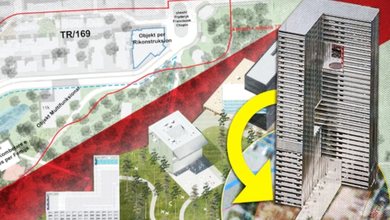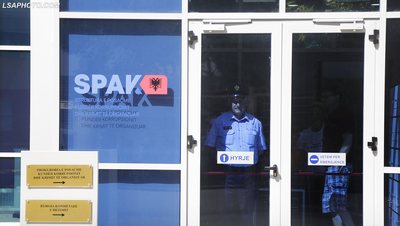
A significant scientific discovery from Northwestern University, Illinois has shed light on one of the main causes of autism, a developmental disorder that affects the way a person communicates, behaves and interacts with others, according to the Daily Herald.
Autism affects about 1 in 59 children, and boys are four times more likely to be diagnosed than girls.
Although it is quite common, scientists do not fully understand what causes it. This new study, however, may reveal a crucial piece of the puzzle.
The team led by Professor Peter Penzes found that changes in certain genes can disrupt normal brain development in the early stages, affecting the way nerve cells make connections between them.
In the brain, cells communicate through synapses, microscopic structures that allow signals to be exchanged. These are essential for learning, memory and thinking.
When synapses are fewer, communication between nerve cells is weakened, which can lead to difficulties similar to those seen in people with autism.
One of the key genes in the study is “ANK3”, which produces a protein called “ankyrin-G”. This protein helps form dendrites, small extensions of nerve cells where synapses grow.
Without enough “ankyrin-G”, these connections do not develop properly.
Another essential protein is “Usp9X”, which keeps “ankyrin-G” stable.
When Usp9X does not function properly, levels of ankyrin-G drop, and synapses do not form normally. This process occurs during a critical period immediately after birth, when the brain is growing and making new connections rapidly.
To test this theory, the researchers conducted experiments with mice that had low levels of ankyrin-G. The results showed that they had fewer synapses and exhibited learning and behavioral difficulties similar to those observed in people with autism.
According to the authors, mutations in the Usp9X gene may be one of the possible causes of autism, as they impair the formation of neural connections that are essential for cognitive and social development.
This discovery, published in the journal Neuron, could pave the way for earlier diagnostics and new treatments that strengthen the construction of synapses or stabilize key proteins such as ankyrin-G and Usp9X.






















